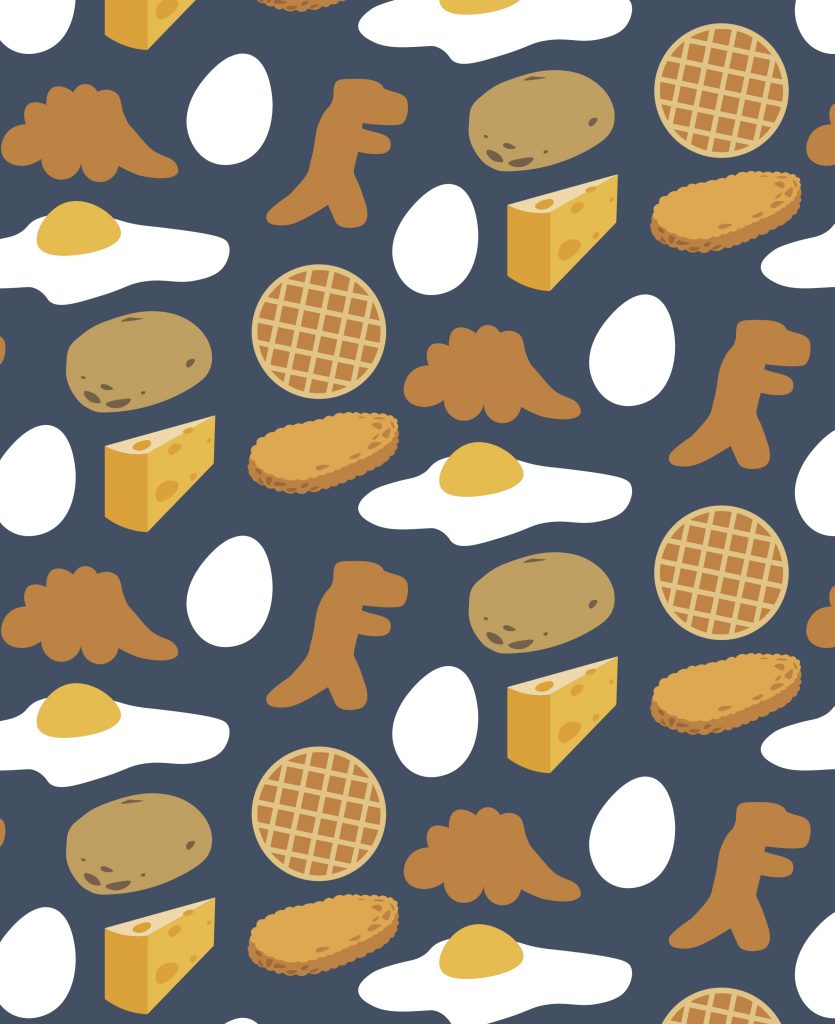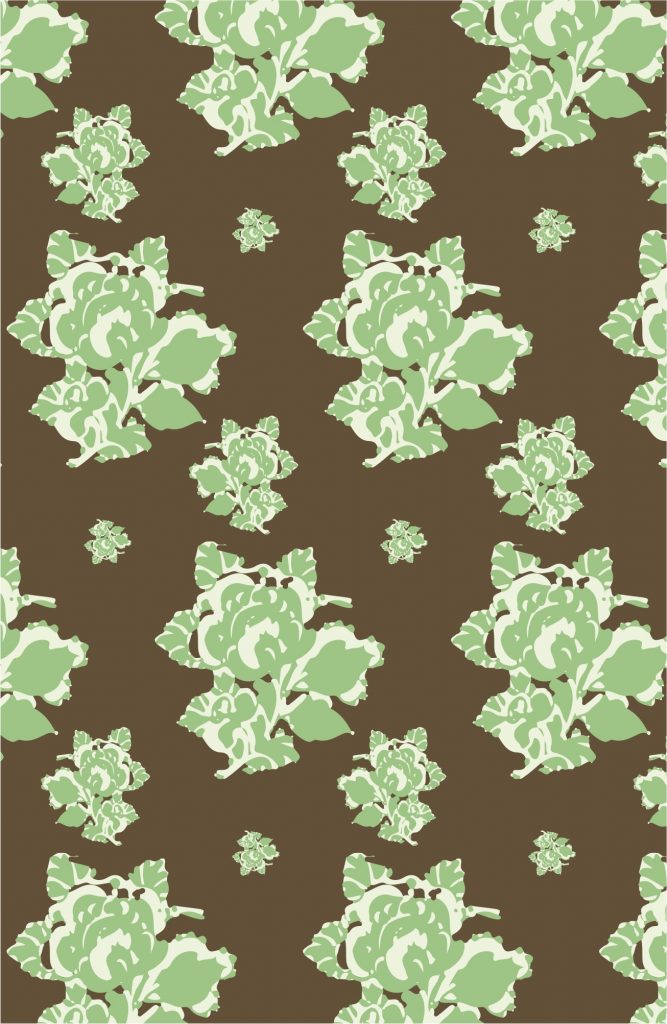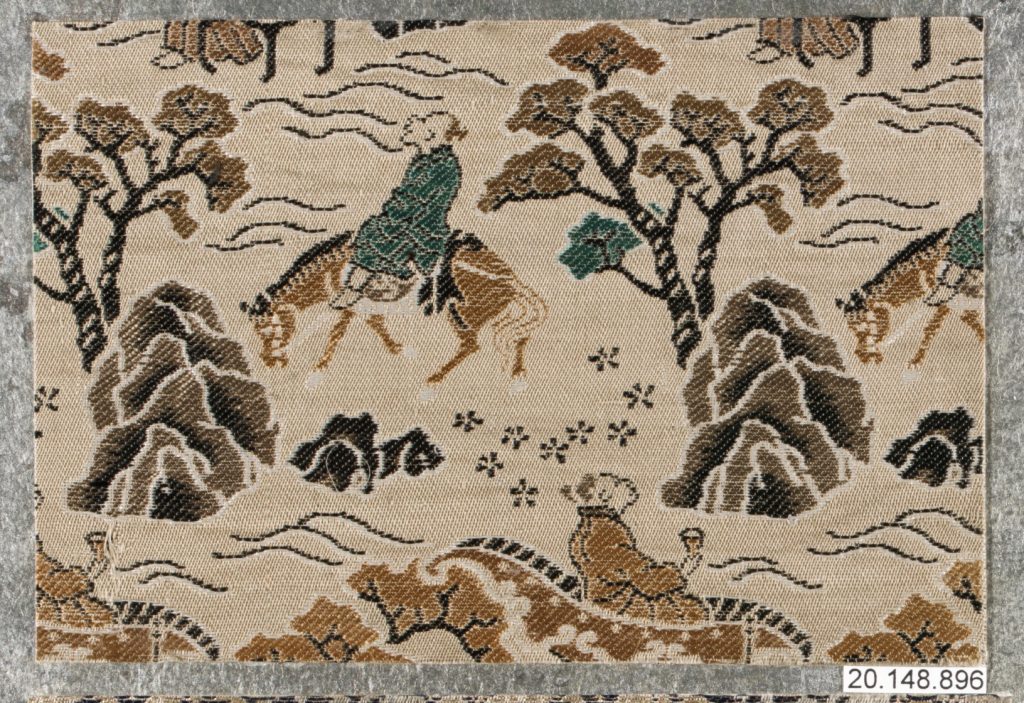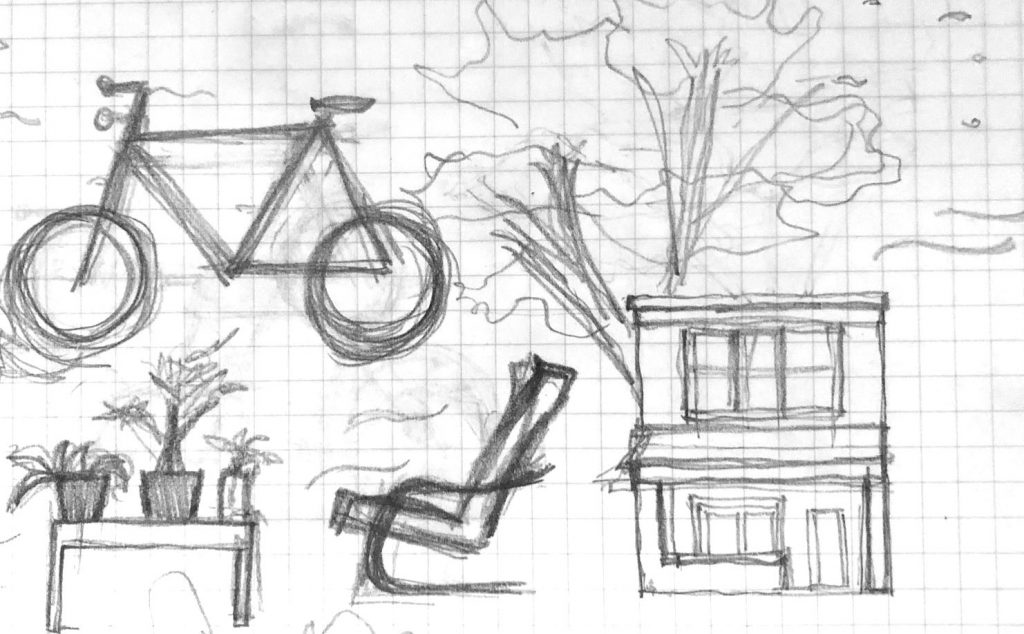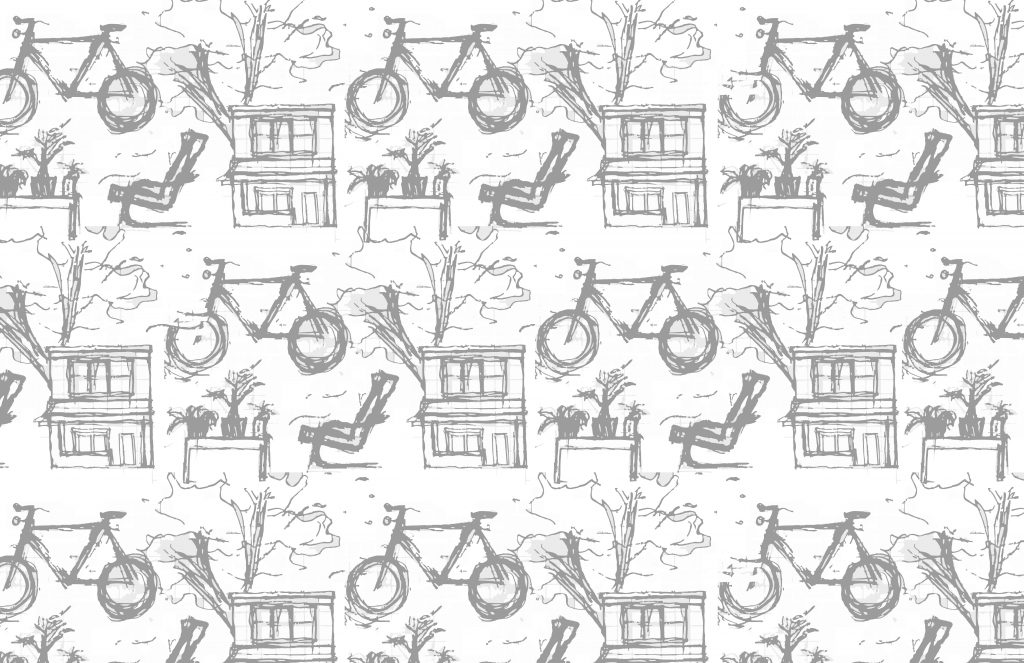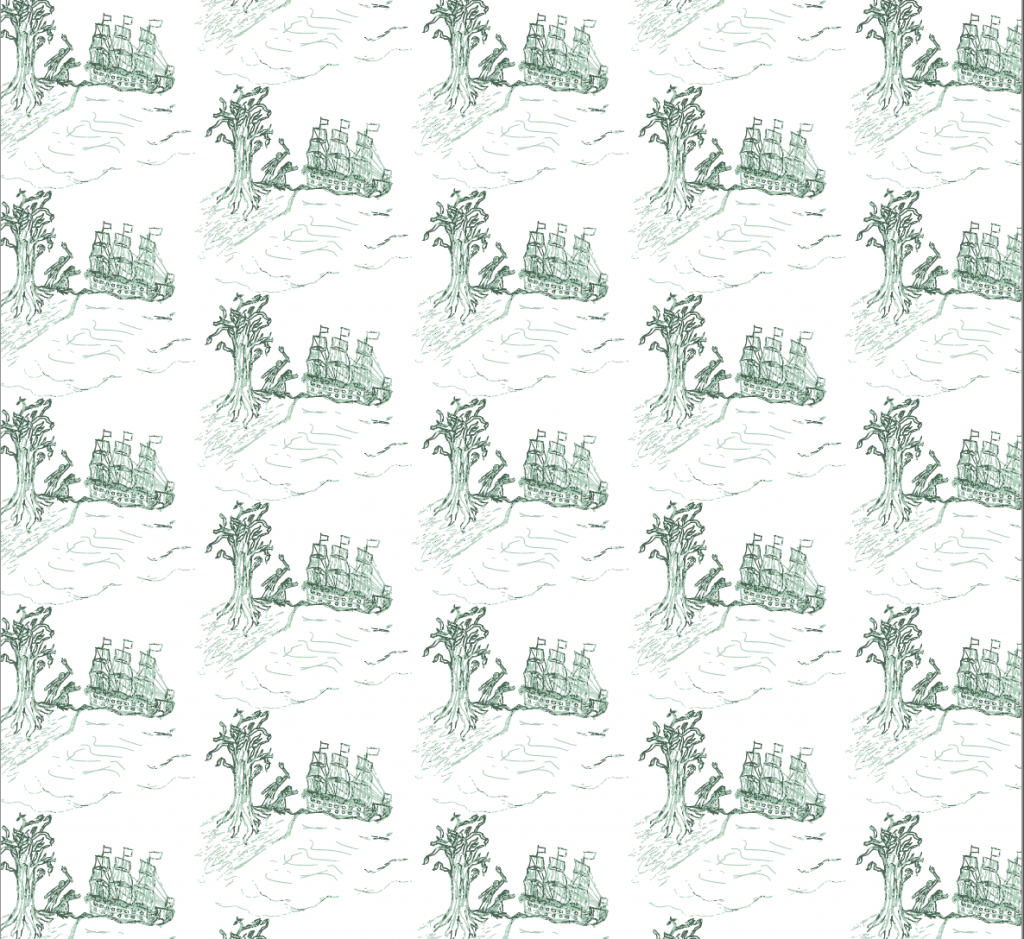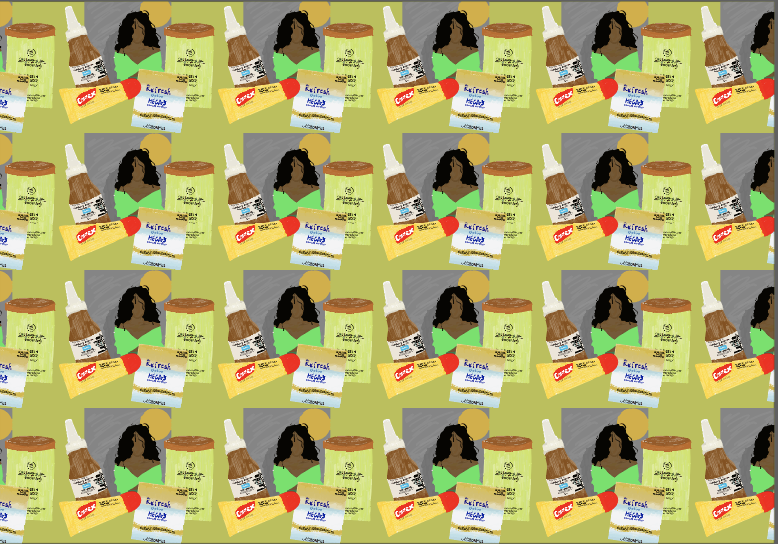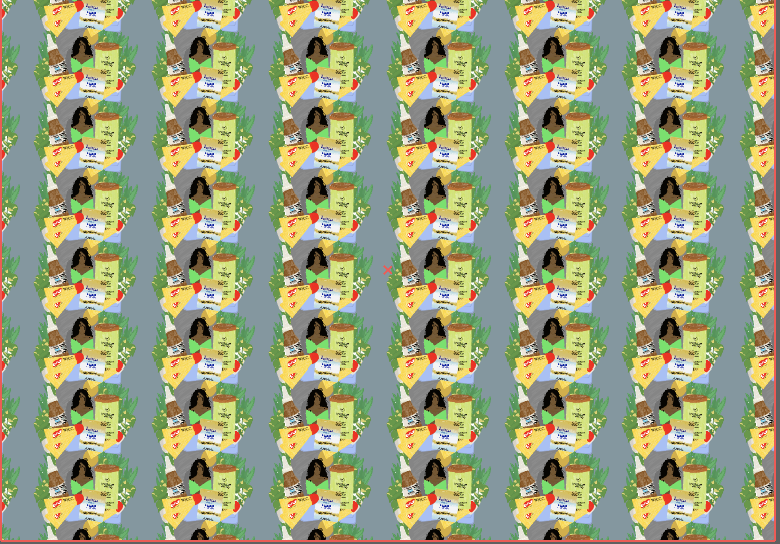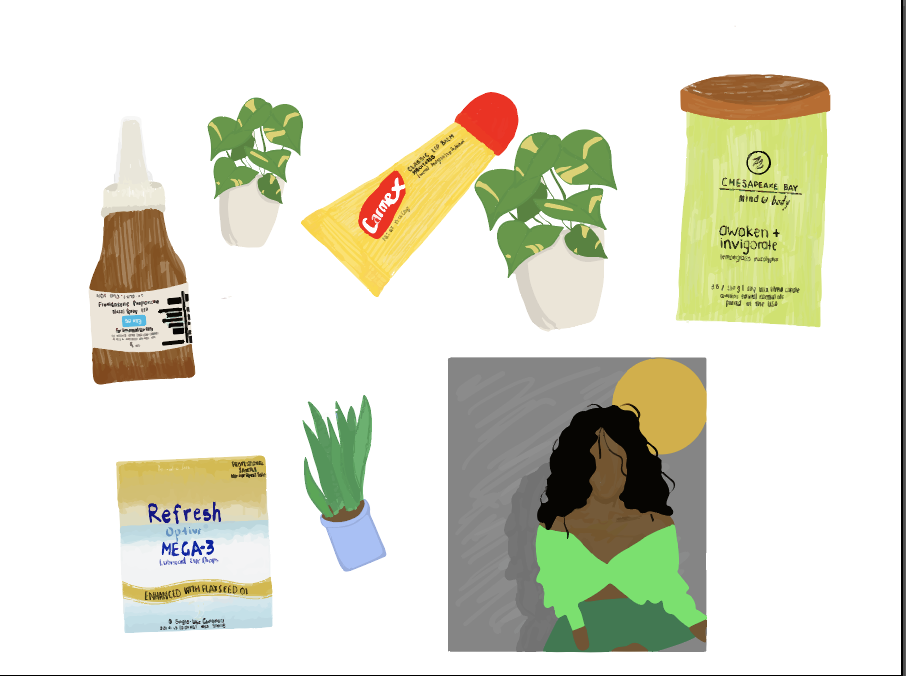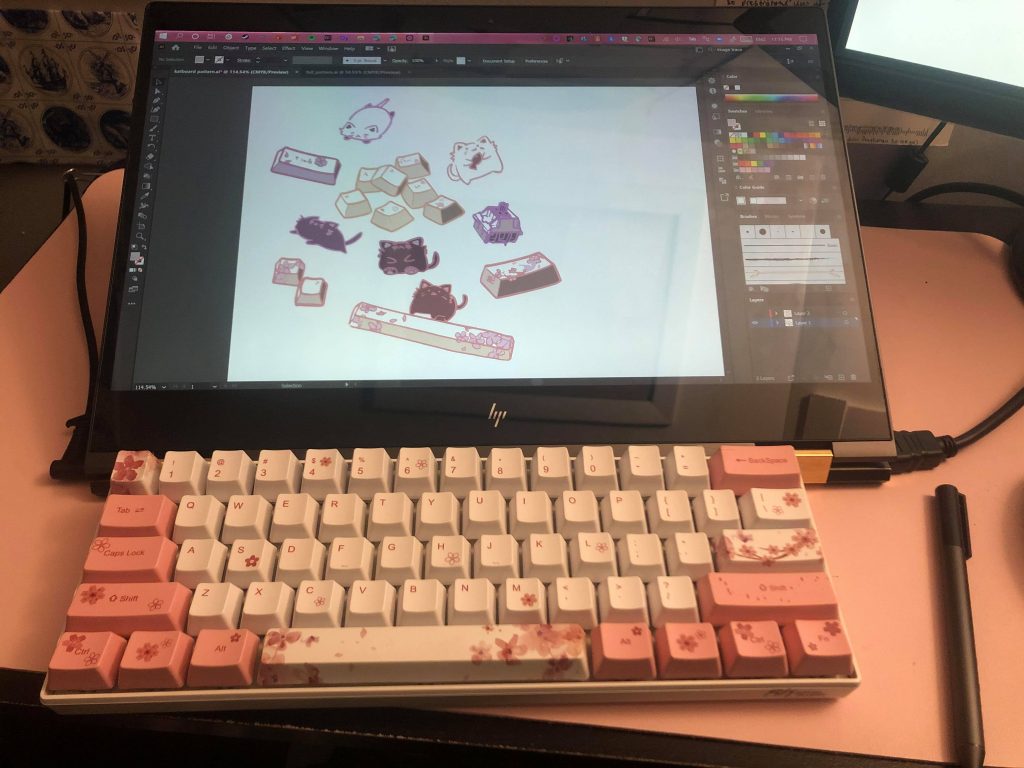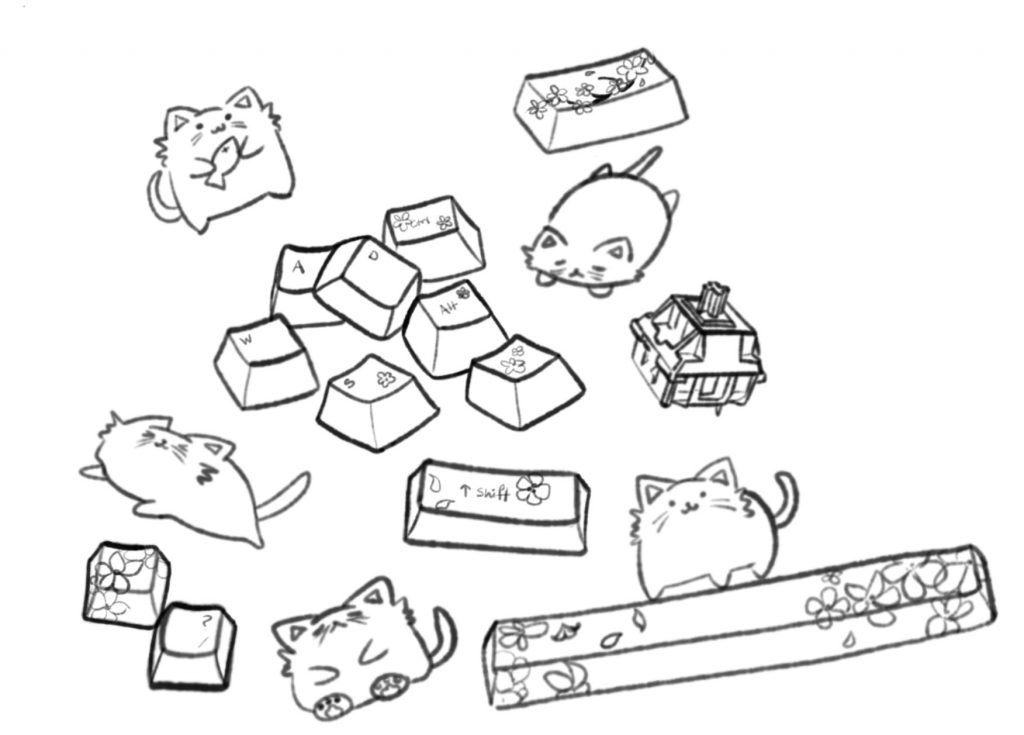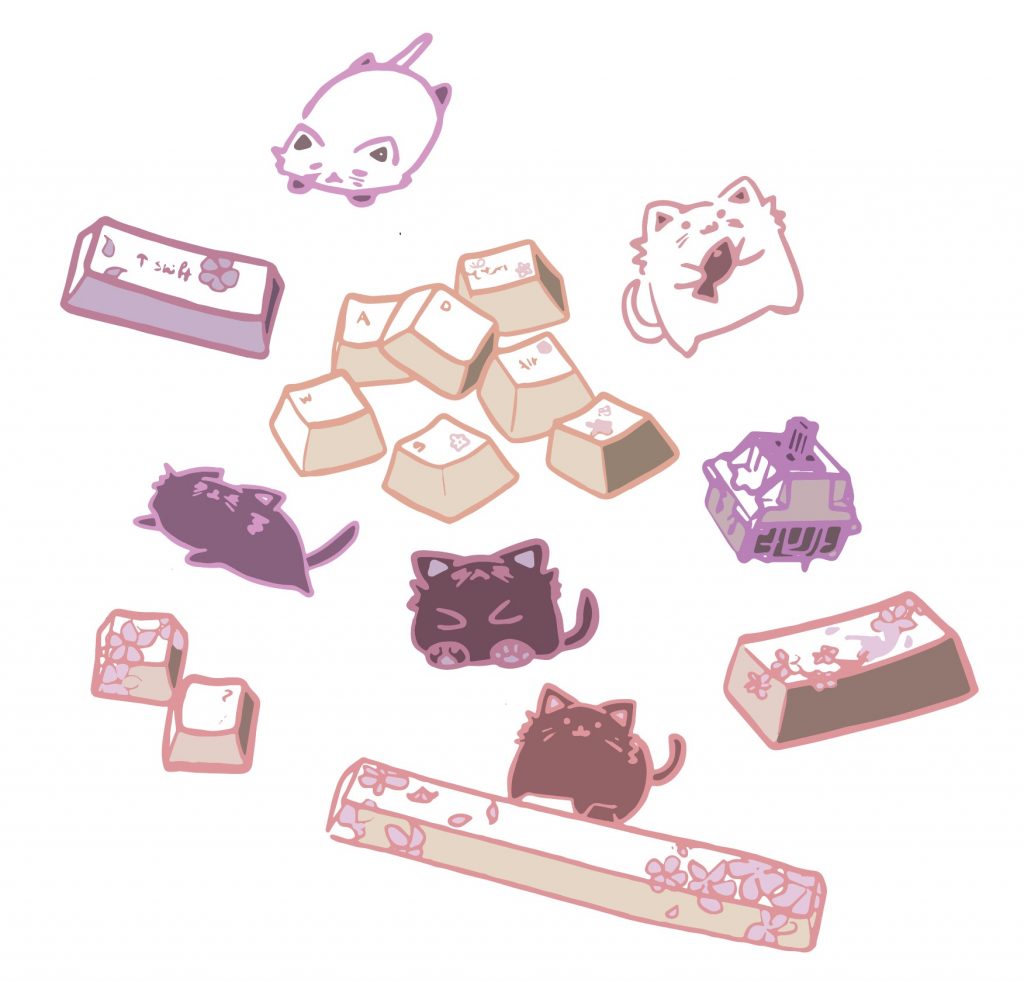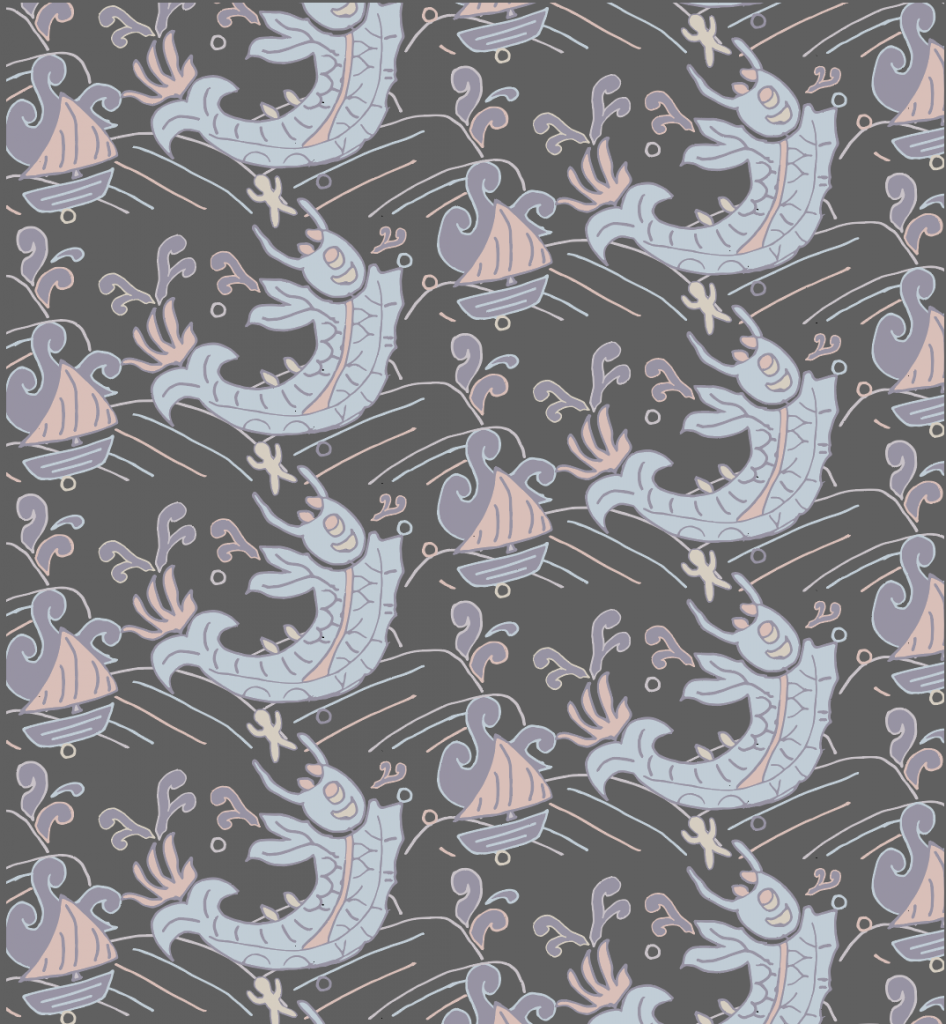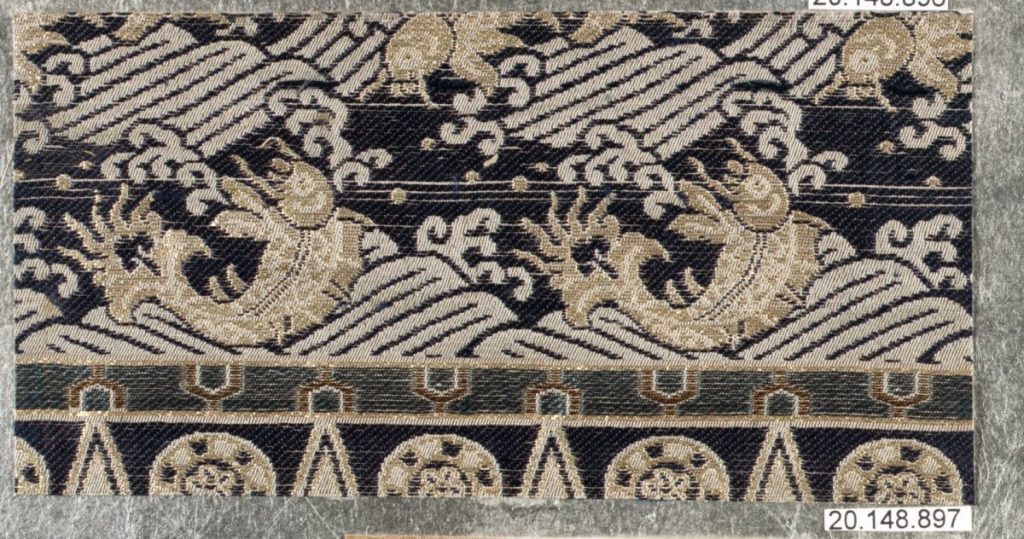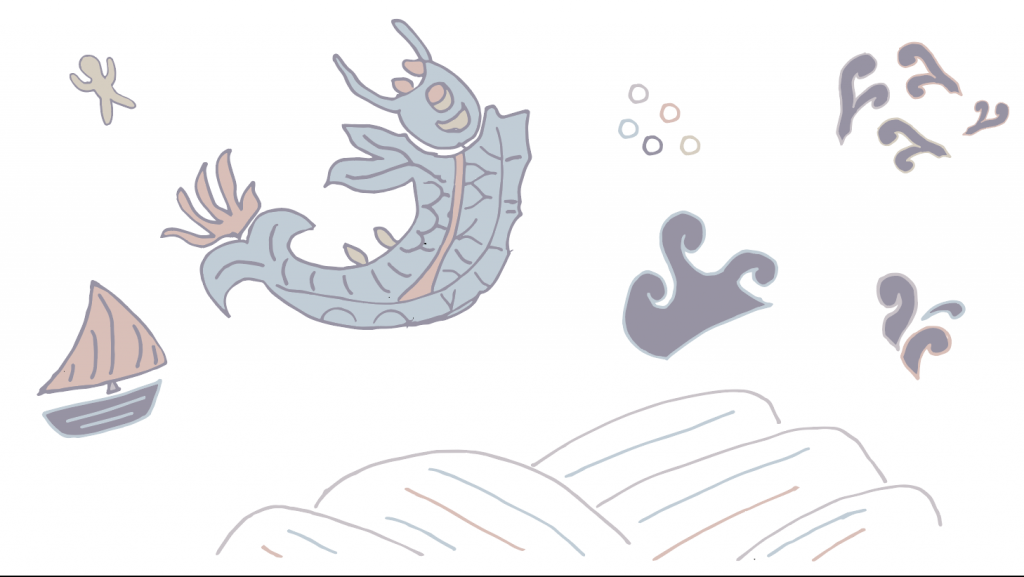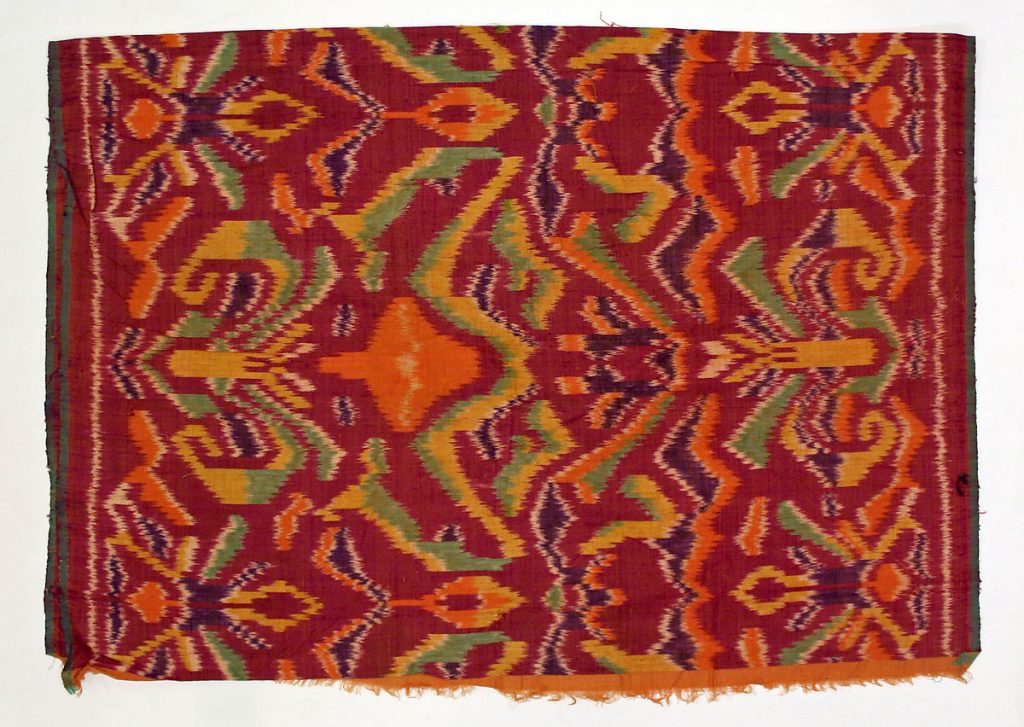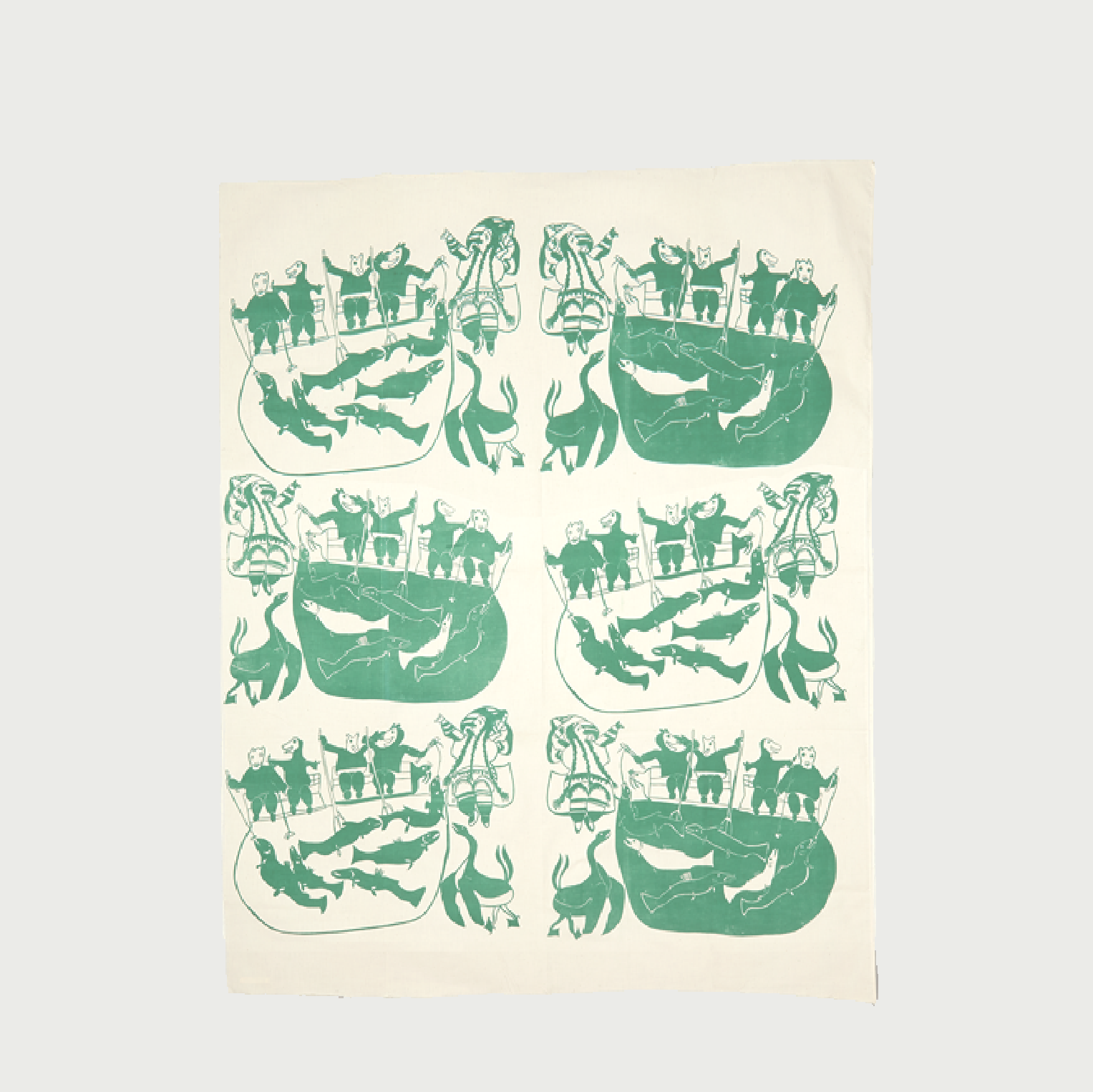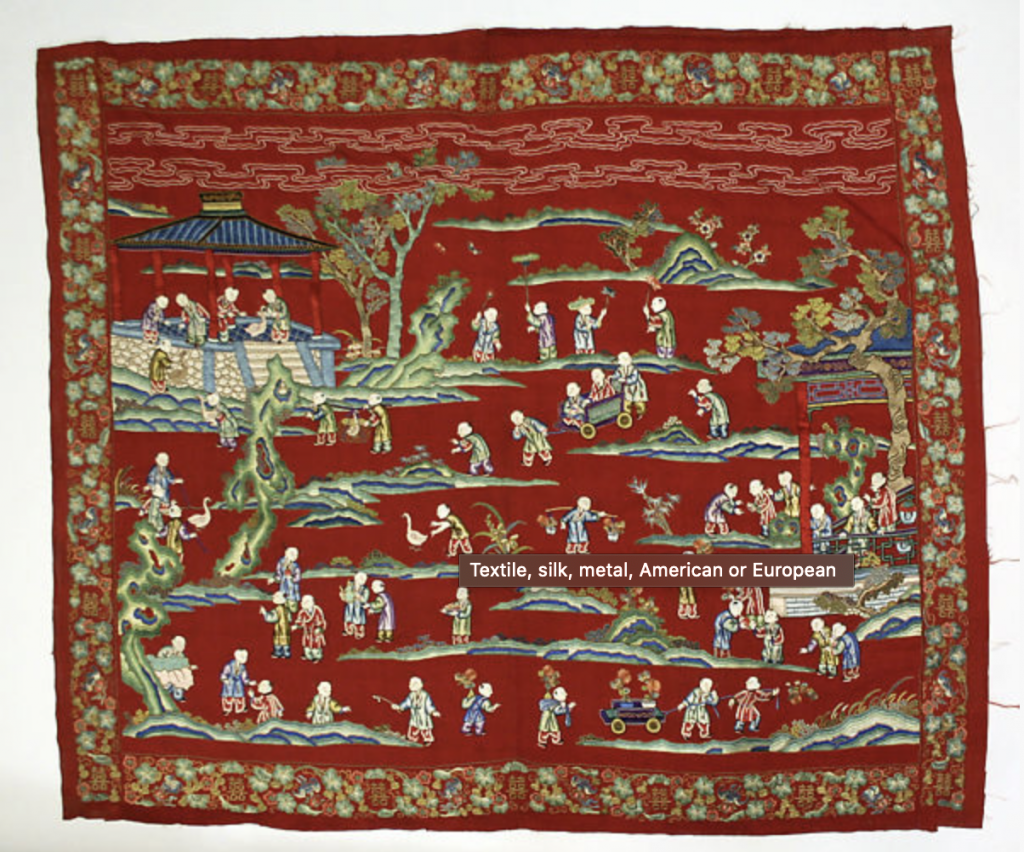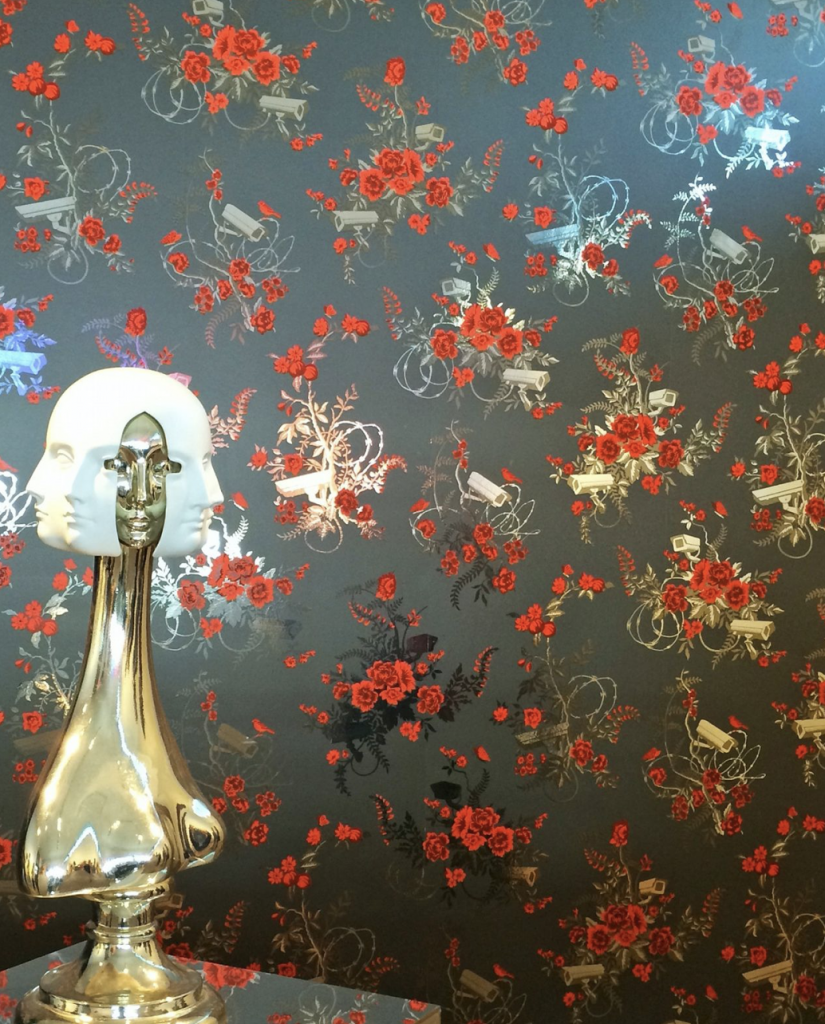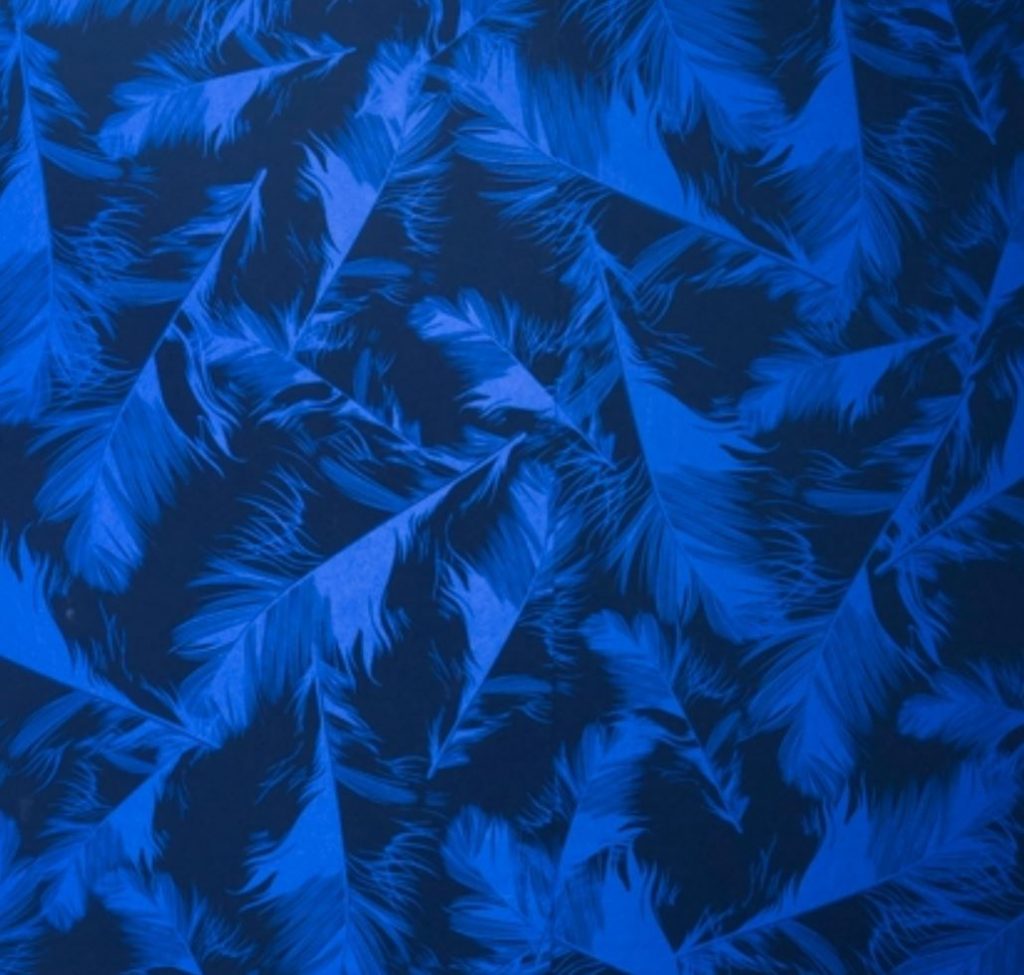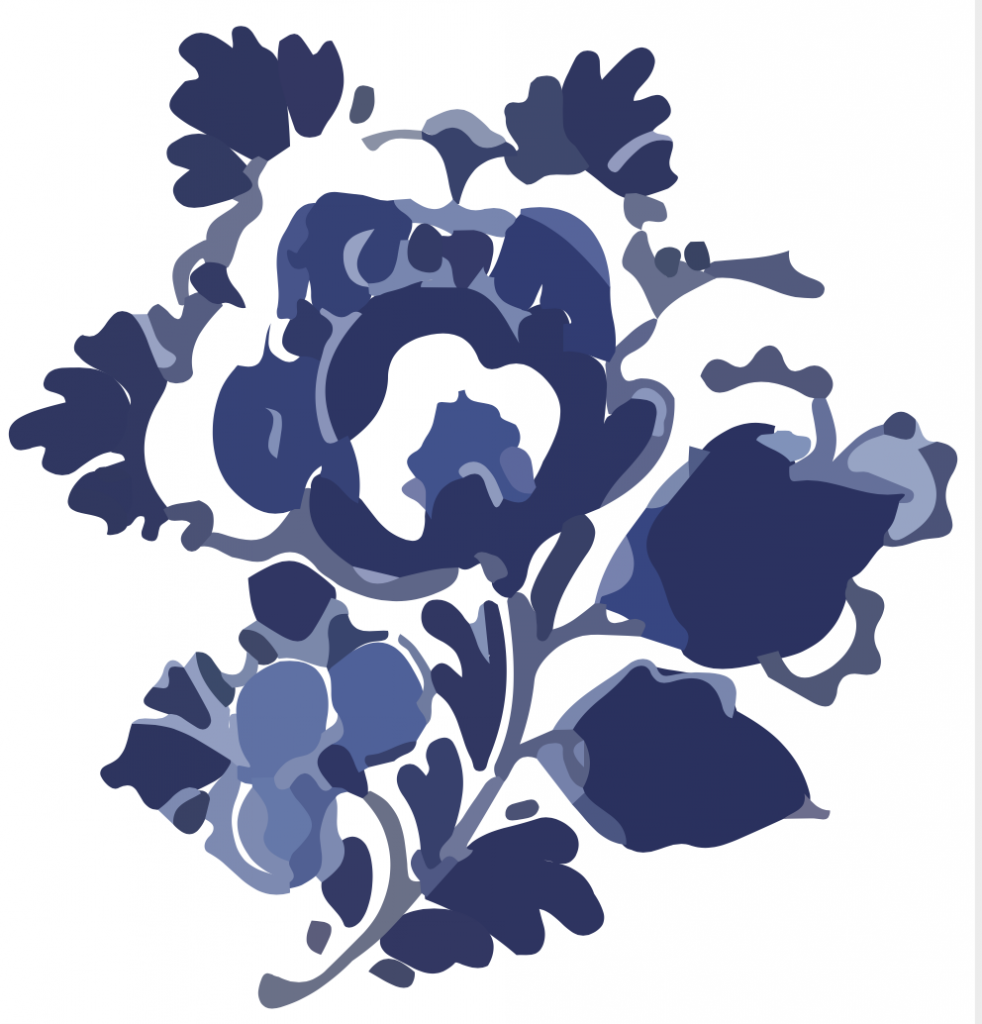
My original design was inspired by china plates. I really enjoy the blue and white combination and wanted to experiment with variations of a very classic design. This image was something I found online and then edited within illustrator to create the patterns below.
- The green and brown combination was inspired by the similarity of the design to cabbages.
- The red and green combination was inspired by roses.
- The red, blue, and yellow combination was inspired by pop art.
- The blue and white combination was inspired by china pottery.
All of these were very fun to experiment with and I tried to add some different sizes of flowers to experiment with adding more to swatches.
I also made another vector illustration for fun.
